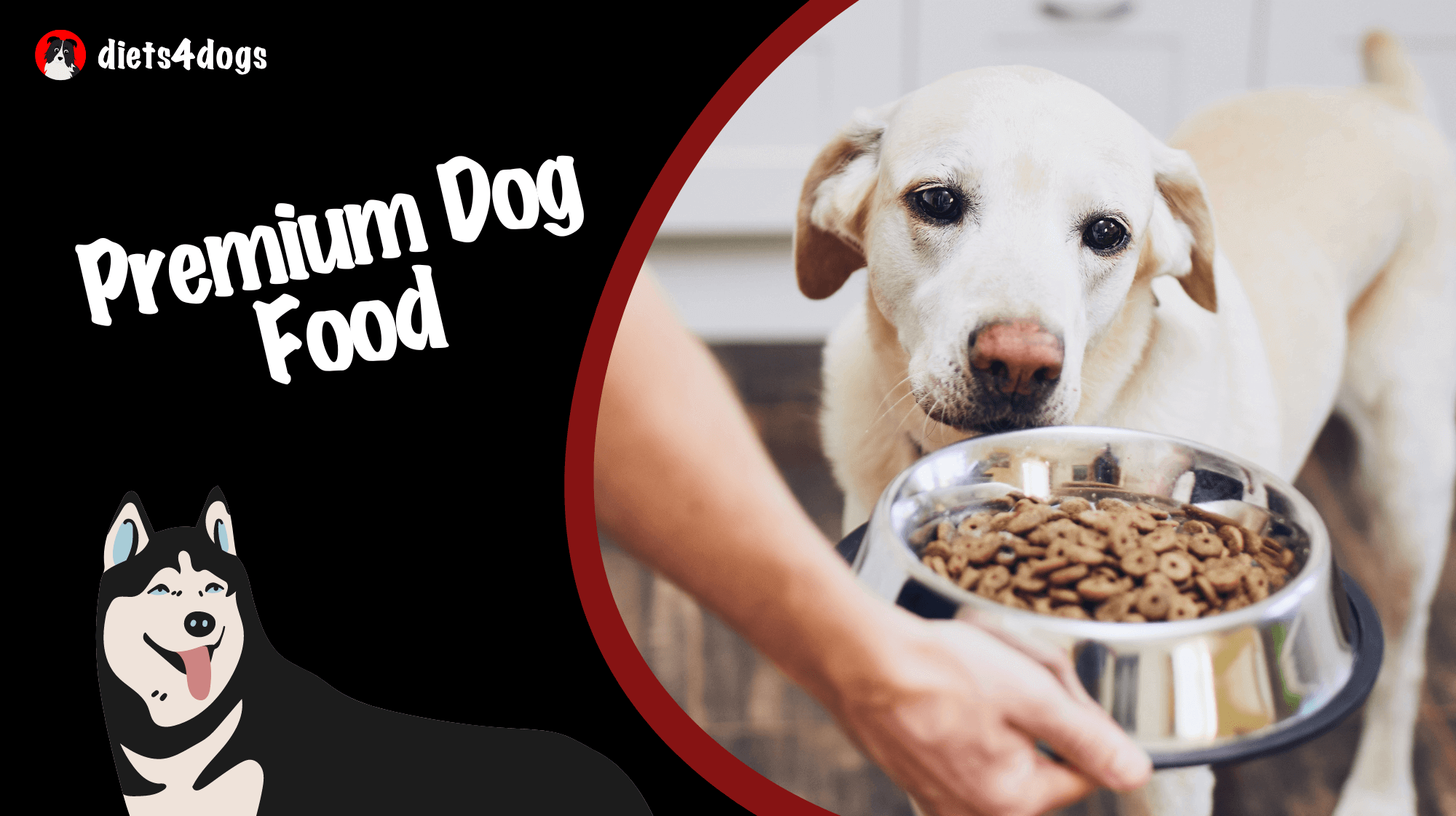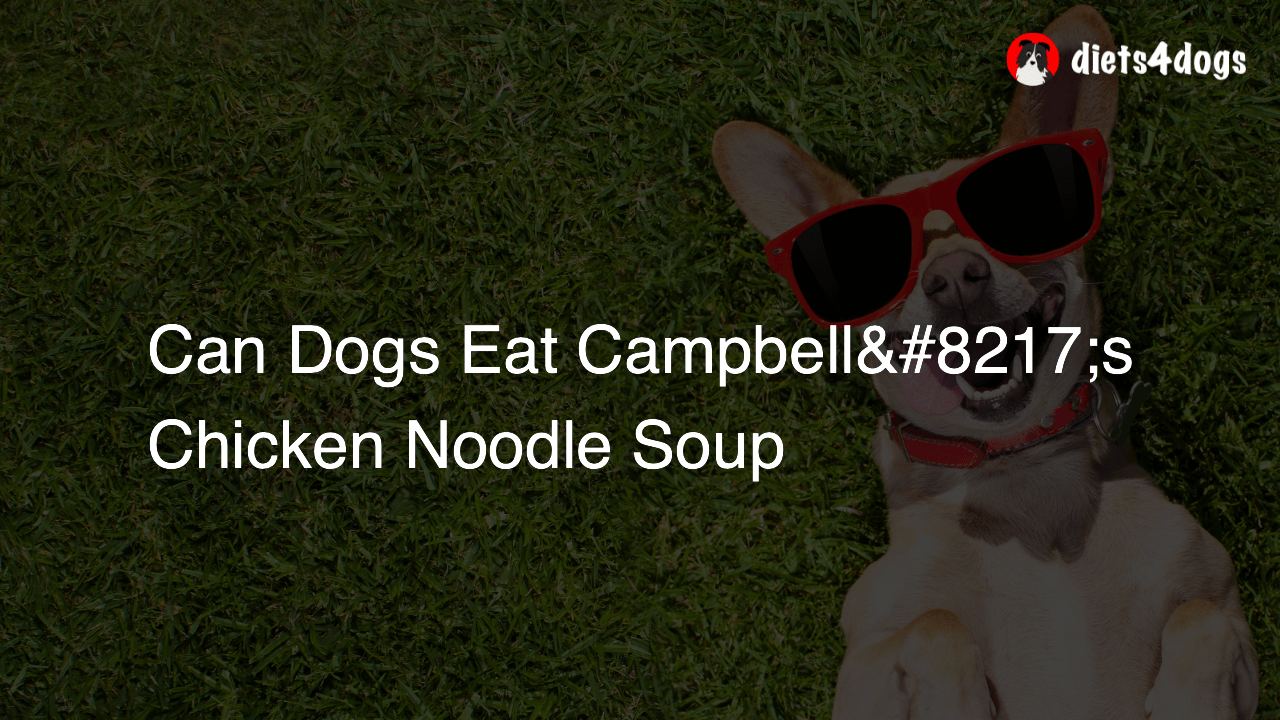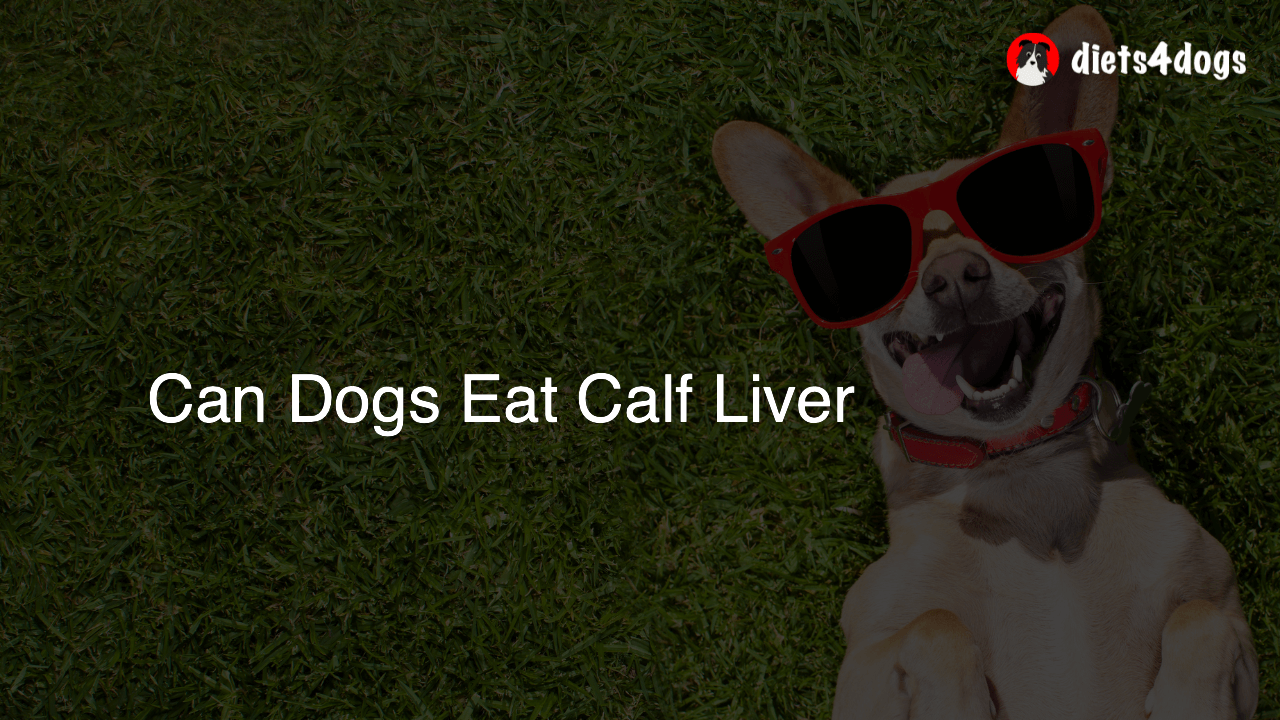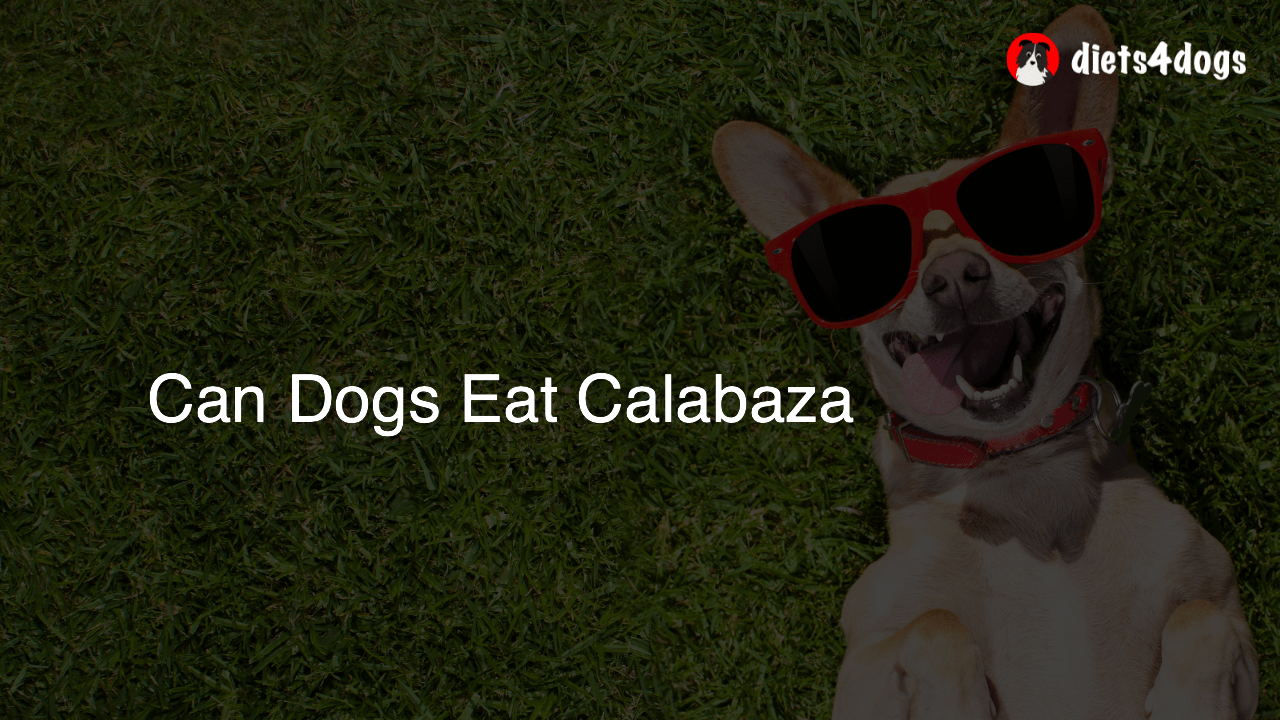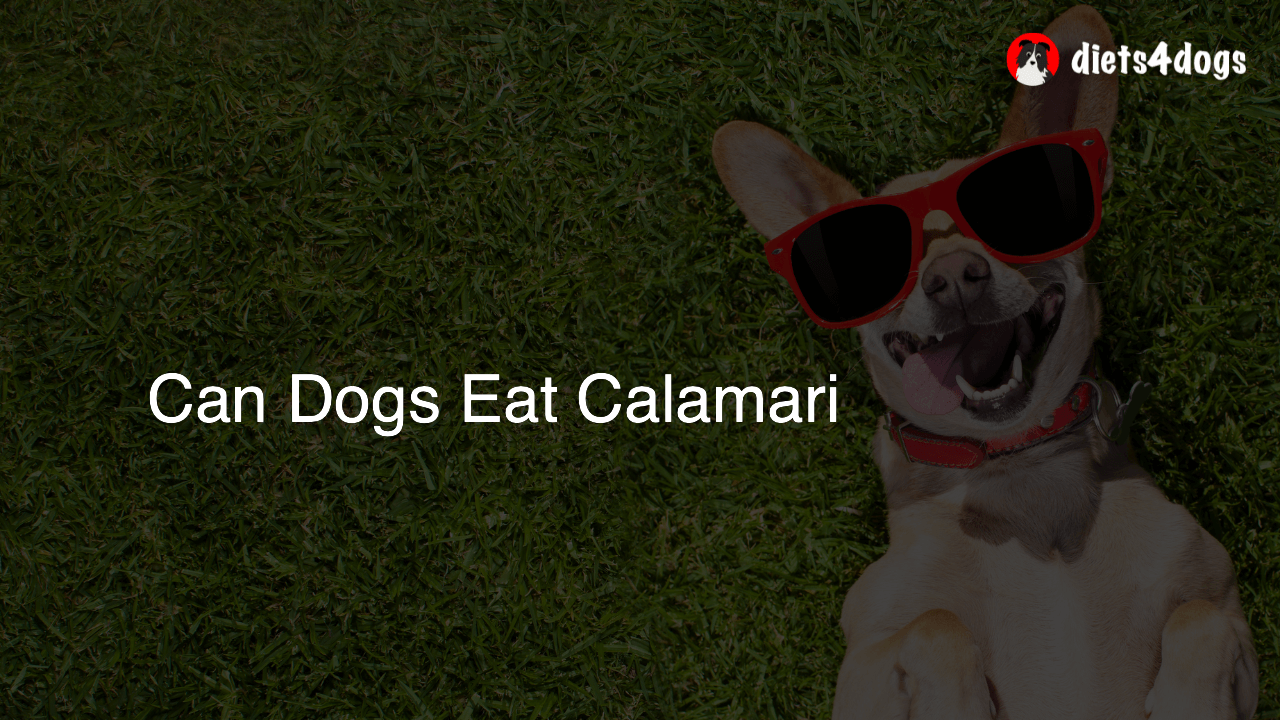Can Dogs Eat Spicy
It is not recommended for dogs to eat spicy food. Spicy ingredients, such as chili peppers, can cause digestive issues, irritation, and discomfort in dogs, potentially leading to vomiting, diarrhea, and even long-term health problems if consumed frequently. Instead, stick to a balanced dog-friendly diet to keep your pet healthy and happy.
Spicy Food and Your Dog’s Health
Whether you’re enjoying some spicy chili or a hot curry, it’s common for your pet to look up at you with those big, begging eyes. Before sharing that spicy food with your furry friend, it’s important to understand the potential implications of doing so.
Why Spicy Food is a No-go for Dogs
Capsaicin and Chilies in Dog Food
Spicy foods often contain capsaicin, a compound found in chili peppers. This chemical is responsible for the heat we experience when eating spicy dishes. Unfortunately, canines are far more sensitive to capsaicin than humans, making it unpleasant and even harmful to them.
Digestive Issues
Spicy food can lead to digestive issues in dogs, such as gastritis, an upset stomach, and diarrhea. Even if your pet doesn’t show any immediate signs of discomfort, consuming spicy food regularly can lead to long-term gastrointestinal problems.
Mouth and Throat Irritation
The capsaicin in spicy food can cause significant irritation to your dog’s mouth and throat, leading to pain and discomfort. This can result in excessive drooling, coughing, or even difficulty swallowing.
Breathing Problems
If the spicy food is too hot for your dog to handle, they may experience respiratory distress, including coughing, wheezing, or difficulty breathing. Breeds with shorter snouts, like pugs and bulldogs, are especially susceptible to these issues since they already have narrow airways.
Safe Alternatives to Spicy Food for Your Dog
Dog-Friendly Herbs and Spices
Instead of giving your dog spicy food, consider using mild herbs and spices that are safe for their consumption. Some dog-friendly options include basil, parsley, thyme, and ginger. You can add these ingredients to your homemade dog food to give it a flavorful kick without the risks associated with spicy food.
Healthy Treats
There are numerous dog-friendly treats available that can satisfy your dog’s taste buds without jeopardizing their health. Consider offering your pet some baby carrots, green beans, or apple slices as healthy and tasty alternatives.
Recipe Swaps
If you enjoy cooking and want to include your dog in your culinary adventures, consider making dog-safe versions of your favorite meals without the heat. For example, you could prepare a mild curry or a savory stew using dog-friendly ingredients and no spicy elements.
Managing the Aftermath of Spicy Food Consumption
If your dog happens to consume spicy food accidentally, it’s important to monitor them closely for any signs of discomfort and take action when necessary.
Remove Access to Spicy Food
First and foremost, remove any remaining spicy food from your dog’s reach to prevent further consumption.
Provide Fresh Water
Ensure your dog has access to fresh water, as this may help alleviate mouth and throat irritation caused by the spicy food.
Monitor Your Dog
Keep an eye on your dog for any signs of digestive distress, respiratory problems, or other adverse reactions. If your dog experiences severe symptoms, such as vomiting, diarrhea, or difficulty breathing, contact your veterinarian immediately for professional advice and care.
In conclusion, sharing spicy food with your dog can lead to unnecessary discomfort and health issues. Instead, stick to a nutritious dog food and safe, tasty treats that will keep your pet happy, healthy, and satisfied.
Recognizing and Preventing Food Begging Habits
When it comes to resisting your dog’s begging eyes, it can be tough to say no. However, giving in to their desire for spicy or unsuitable human foods can have negative consequences on their health. Therefore, it’s essential to train your dog not to beg and instead opt for healthier alternatives.
Establish Boundaries
One way to prevent food begging habits is to establish boundaries during mealtimes. Avoid feeding your dog from the table or in the kitchen. Instead, designate a specific area where your dog is allowed to eat. Consistency is key to ensure your pet understands that they have their own eating space and time.
Enforce Commands
Train your dog to understand and follow commands such as “sit,” “stay,” and “leave it.” By enforcing these commands during mealtime, you can teach them to be patient and resist approaching you or your plate for food.
Distract and Reward
Keep your dog busy with toys or give them their own special treat during your mealtime. This will not only distract them from begging but also reward them for their good behavior.
Reading Food Labels: Dog Food vs. Human Food
It’s crucial to be aware of the ingredients and nutritional content in both dog food and human food to ensure what you’re feeding your furry friend is suitable for them.
Feeding Basics
Look for dog food that is specifically formulated to meet your pet’s developmental and nutritional needs. This will typically contain a balance of protein, fat, carbohydrates, vitamins, and minerals. It’s also essential to be aware of your dog’s unique dietary needs, as these can vary based on factors such as age, size, and activity levels.
Avoid Harmful Ingredients
While many human foods are fine to share with your dog, others can be harmful or even toxic. Foods to avoid include chocolate, avocado, onions, grapes, and anything containing the sweetener xylitol. Make sure to read ingredient labels if you are unsure about a specific food or consult your veterinarian for guidance.
Conclusion
While it may be tempting to share your spicy meal with your dog, it’s important to remember that their health and well-being should be a top priority. Always choose dog-friendly foods that are nutritious and safe for their consumption. By establishing healthy feeding habits and being aware of suitable food options, you’re ensuring a happy and healthy life for your four-legged companion.
FAQ Section
Here are some frequently asked questions and their answers to help provide further guidance on the topic of dogs and spicy food. This information can be useful to pet owners who wish to maintain their dog’s health and well-being.
1. Can dogs eat chili?
No, dogs should not eat chili. Chili contains capsaicin, a compound found in chili peppers, which can cause digestive issues, mouth and throat irritation, and even breathing problems for dogs. It’s best to avoid feeding your dog any chili or spicy food.
2. Are some breeds of dogs more sensitive to spicy food than others?
All dogs can have issues with spicy food, but certain breeds may be more sensitive due to their physical characteristics. For example, breeds with shorter snouts like Pugs or Bulldogs have narrower airways, which makes them more susceptible to respiratory distress when consuming spicy food.
3. Can I give my dog hot sauce?
No, you should not feed your dog hot sauce. Most hot sauces contain capsaicin, derived from chili peppers, which can be harmful to dogs. It may lead to digestive problems, mouth and throat irritation, and even difficulty breathing.
4. Is paprika safe for dogs?
While paprika itself isn’t necessarily toxic to dogs, it is still considered a mild to moderately spicy flavoring. It’s best to avoid giving your dog food seasoned with paprika, as it may cause digestive problems and unpleasant side effects in some dogs.
5. How can I spice up my dog’s food without using spicy ingredients?
You can use dog-friendly herbs and spices like basil, parsley, thyme, and ginger, which are safe for your pet’s consumption. Adding these ingredients to your homemade dog food can enrich the flavor without the risks associated with spicy food.
6. How should I react if my dog accidentally consumes spicy food?
If your dog accidentally consumes spicy food, monitor them closely for any signs of discomfort or adverse reactions. Make sure to remove the source of the spicy food and provide them with fresh water. If they show severe symptoms like vomiting, diarrhea, or difficulty breathing, contact your veterinarian immediately.
7. Can dogs have sriracha sauce?
No, dogs should not have sriracha sauce. It contains chili peppers and other ingredients that may lead to digestive issues, irritation, and discomfort in dogs. Instead, opt for a mild, dog-friendly alternative or a healthier treat.
8. Are spiced dog treats okay?
Spiced dog treats are okay as long as they don’t contain any ingredients that can be harmful to your dog. Look for treats that use dog-safe herbs and spices in moderation, and avoid those with hot and spicy ingredients like chili peppers.
9. Can my dog have curry?
While not all curries are spicy, it’s best to avoid feeding curry to your dog. Many curry dishes contain ingredients that may be harmful or toxic to dogs, such as onions, garlic, or the spicy flavorings themselves. Instead, consider making a dog-safe version of your favorite curry without the harmful ingredients.
10. Can dogs eat jalapeño peppers?
No, dogs should not eat jalapeño peppers, as they contain capsaicin, which can cause adverse reactions in dogs. Consuming jalapeño peppers may lead to digestive issues, irritation, and discomfort for your pet. It’s best to avoid giving your dog any spicy foods, including jalapeño peppers.


